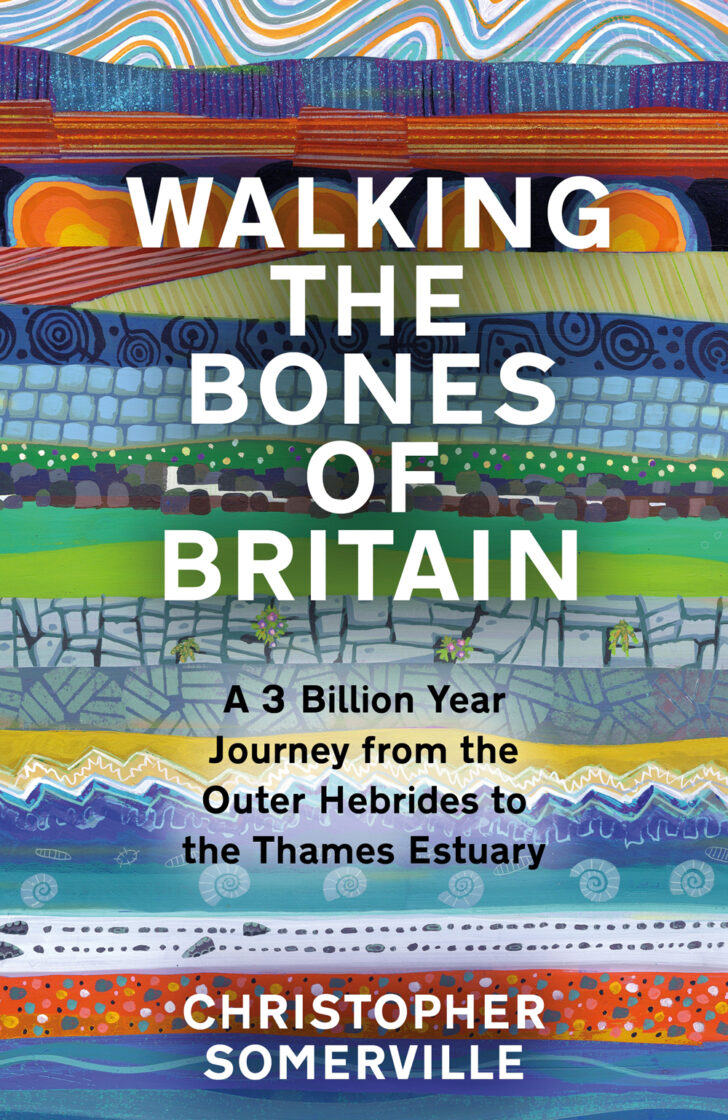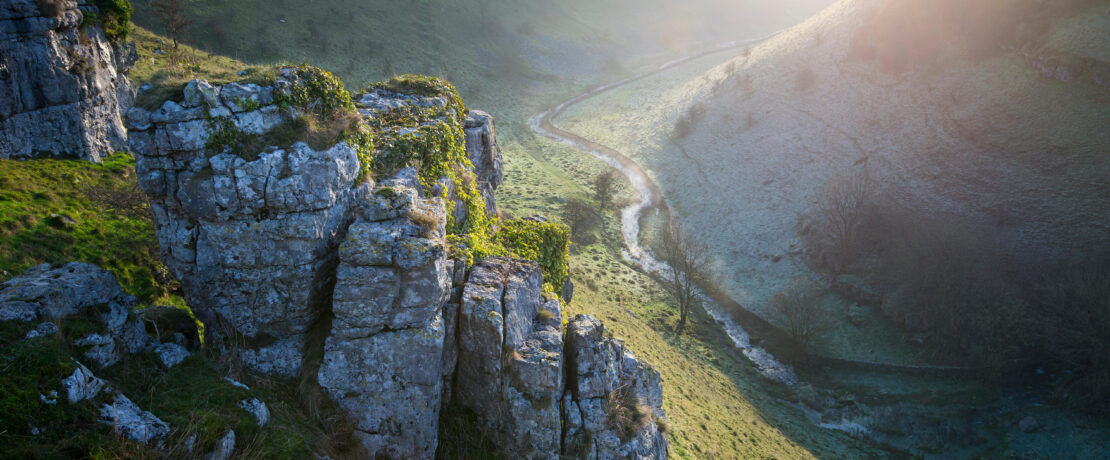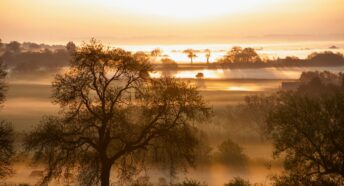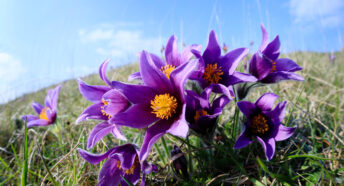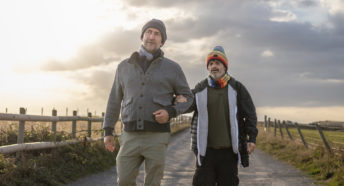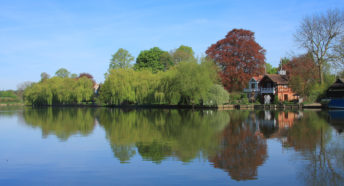Christopher Somerville on a wintry walk in the Peak District
As winter takes hold, sit back and relax as Christopher Somerville takes us on a wintry walk into the limestone heart of the Peak District.
It was a roaring winter morning in the White Peak of Derbyshire. Slate-grey clouds raced in a sullen sky above Over Haddon as I dropped down into the dark cleft of Lathkill Dale. Down there the River Lathkill rumbled over its stony bed as it sluiced between cliffs of limestone 200 feet tall.
Water and limestone
The Lathkill has burrowed out a snaking gorge so spectacular that it hardly needs the added drama of the river in its winter rages. Nevertheless, here was the river in full winter flood, filled with the energy generated by days of rain and wet snowfall. The torrent came tumbling down over the weirs of former lead-mining works, seething through the spindly crimson twigs of osiers, washing over the footpath and sweeping down dale past the limestone crags.
Water and limestone: the two building blocks of the White Peak. They brought employment to Lathkill Dale, the means to make some kind of living, from Roman times until well into Queen Victoria’s reign. Seams of lead 500 feet deep were mined by local ‘groovers’ in the dale. Lead ore mining was piecework. The stouter a miner’s sinews, the more money he could earn – until the cold and damp, and the noxious fumes of lead smelting, began to tell on his strength.
Maybe it was traces of lead washed out of the old workings by subterranean streams that had tinted the River Lathkill’s side channels with hues of turquoise and poison green this stormy morning. The river, bedded on permeable limestone, has the habit of sinking away underground; but today, splashing along the footpath and stopping to admire the white thunder of the weirs, I was witness to a display of nature’s raw power.
A wild winter’s day
Crossing a footbridge over the rush of water, I came into the side cleft of Cales Dale. The voice of the river slowly diminished as I climbed to the top of the valley and set course for Calling Low Farm and the homeward path. Just below the farm the wind-battered trees of Bee Low Wood hid the narrow sheer-sided funnel of Calling Low Dale. Out of sight down there, I’d been told, a Neolithic rock shelter lay, pressed back under a low overhang of limestone.
My boots followed the Limestone Way away from the farm, but my imagination flew downhill to light on this primitive refuge, and picture what it must have been like for its inhabitants on such a day as this. Pieces of Neolithic pottery were excavated there, the shards decorated with little nubbly dints. Archaeologists decided that the impressions must have been made by painstakingly pressing the ends of the bones of a sandpiper into the clay while it was still wet. What an amazing feat of deduction by means of modern science – and what a way to have spent a wild winter’s day, six thousand years ago.
WIN! Walking the Bones of Britain
Christopher Somerville is a walking correspondent for The Times and author of more than 40 books. His latest, Walking the Bones of Britain: A 3 Billion Year Journey from the Outer Hebrides to the Thames Estuary, explores more of Britain’s unique geology, and how the ground beneath our feet has shaped our human history. We have five copies to give away – to enter the prize draw, email your name and address to cpre@thinkpublishing.co.uk, with ‘Bones of Britain’ as the subject heading, by 31 December 2023.
